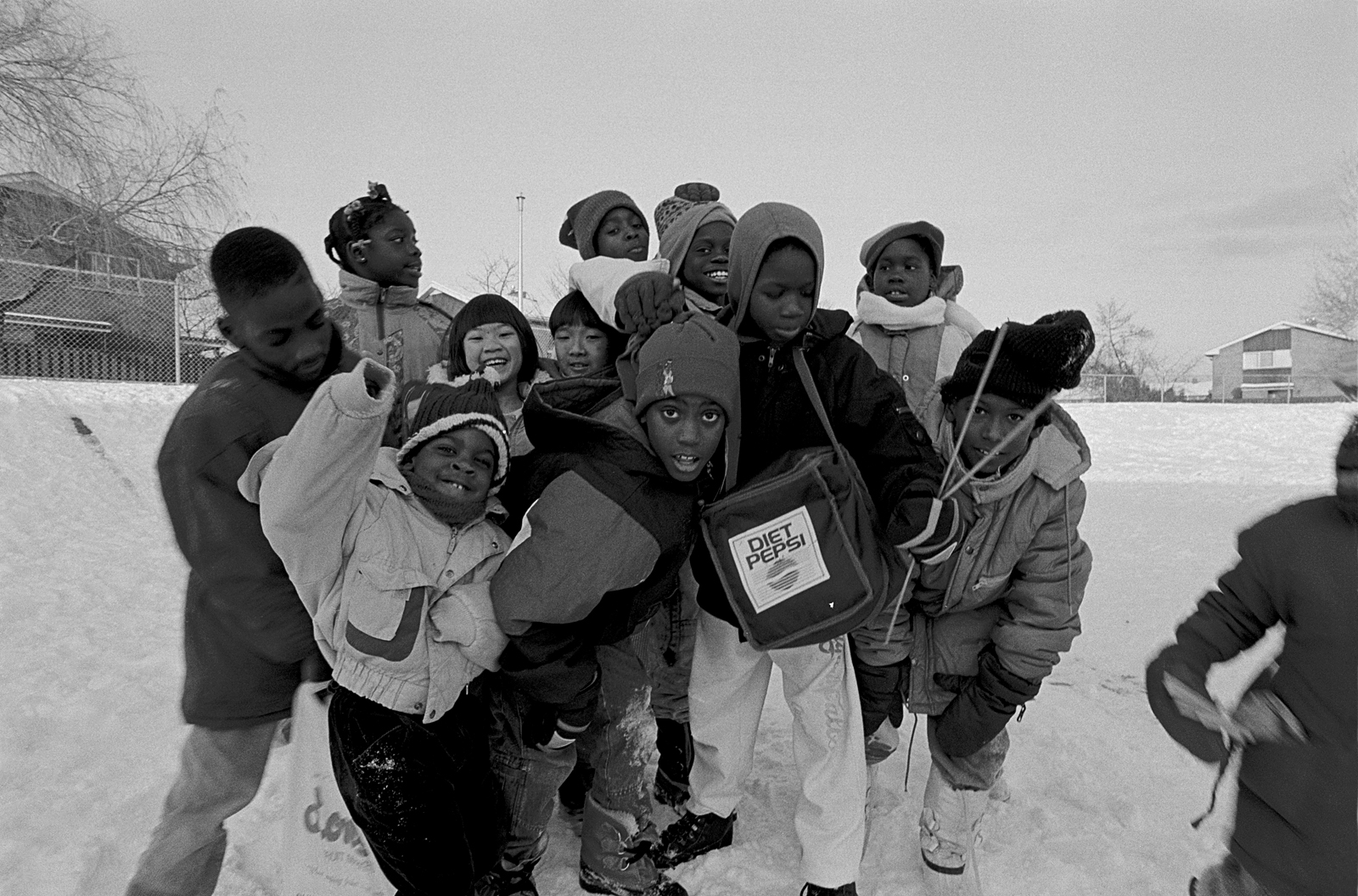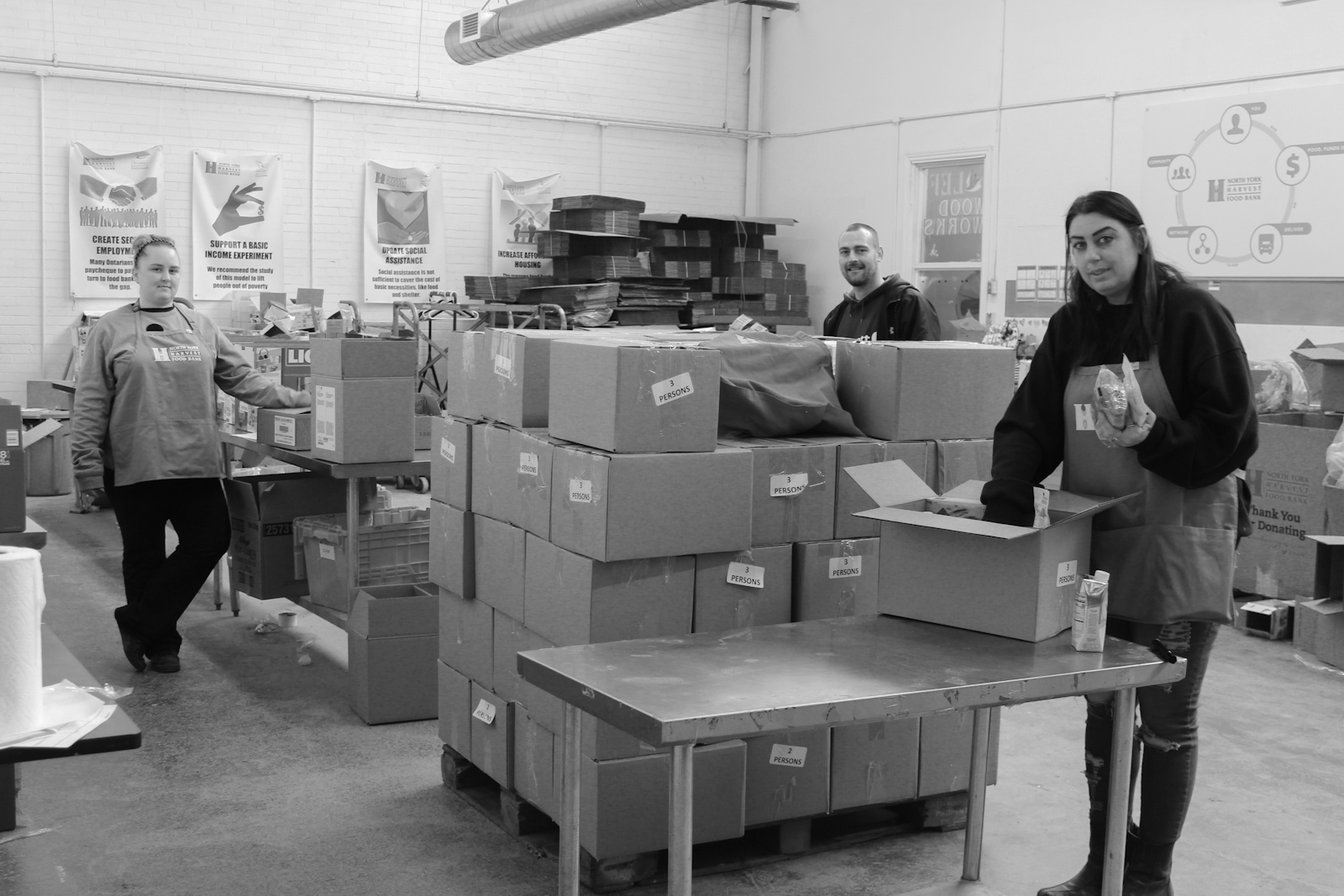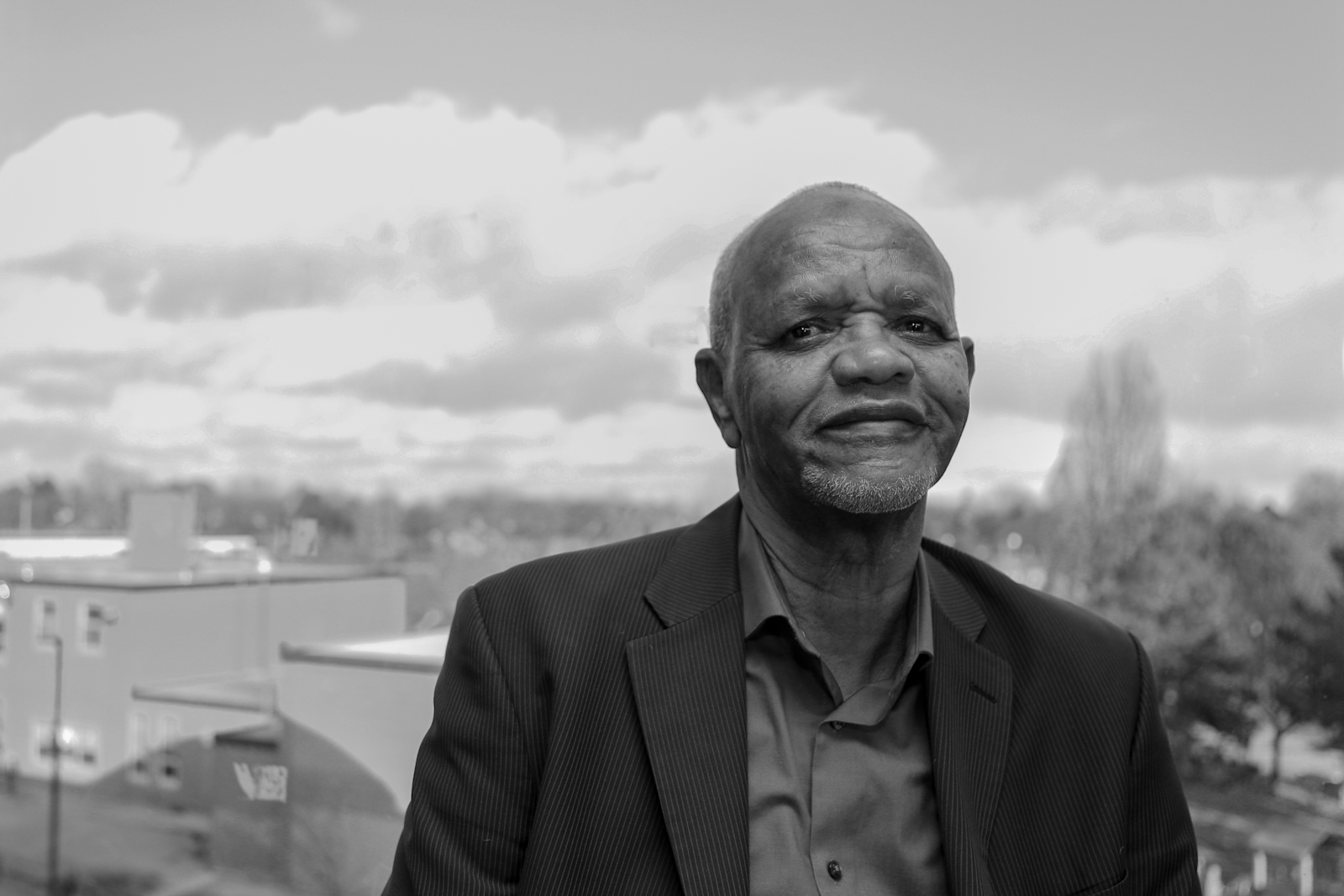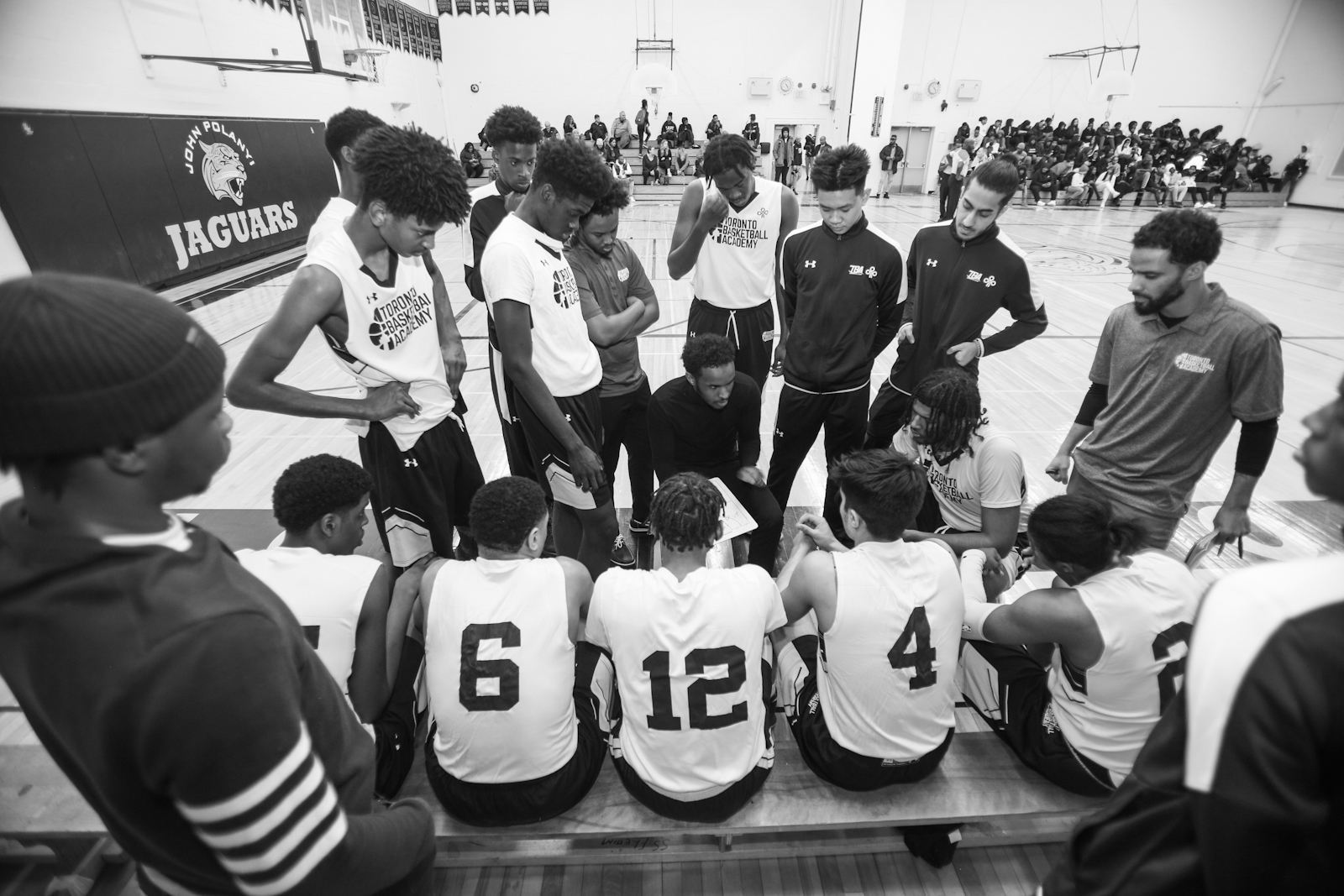

On paper, it’s the largest social housing redevelopment in Toronto—a hundred acres on either side of Allen Road just south of the Yorkdale Shopping Centre, an area twice the size of Regent Park. The sweeping changes underway in Lawrence Heights promise to transform the once exclusively rent-geared-to-income neighbourhood into a mixed-use, mixed-income community, while quadrupling its housing stock. Yet, most Torontonians know little about this neighbourhood, save the occasional headline about gun violence that has come to shape Lawrence Heights’ dominant narrative.
Since its birth in the late 1950s, Lawrence Heights has been the forgotten and often misunderstood child of Toronto’s housing projects. Unlike its inner-city siblings—St. James Town, Alexandria Park, Regent Park, etc.—this sprawling, low-density development was tucked away at the fringes of suburbia and, for most of its existence, fenced in from the surrounding subdivisions, isolated from the rest of the city. You will not read about Lawrence Heights in Toronto’s history books, nor find it in the city’s official list of 140 neighbourhoods. Shortly after it was built, the community was split in half when Allen Road was constructed right through its centre. Its eastern half is officially part of the neighbourhood of Englemount-Lawrence, which includes the more affluent areas surrounding Glencairn subway station. The other half is absorbed into the larger community of Yorkdale-Glen Park to the west. Consequently, precise data about Lawrence Heights isn’t readily available.
In this issue, we invite you to join us on a long-overdue visit to Lawrence Heights. We meet elders and community leaders, local artists, activists, and documentarians. We go beyond the media’s dominant narratives to explore its quirks and oral histories, and to examine its complicated past and hopeful future.
Taken as a whole, the stories reveal a dynamic and rapidly changing neighbourhood. For the people who call it home, there’s cautious optimism that Lawrence Heights might finally break free from the cycles of isolation and stigmatization. And for a city in search of answers for how to turn its inner suburbs into healthy, vibrant communities, what happens in this neighbourhood is of the utmost importance. The future of Toronto as an equitable, liveable city begins in places like Lawrence Heights. It’s time we paid attention.






